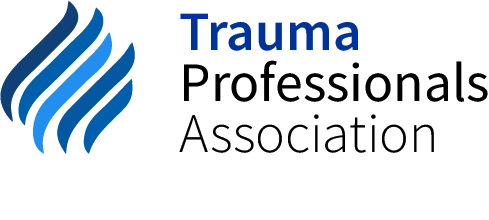In a world where conventional treatments for trauma often fall short, Bessel van der Kolk, a renowned psychiatrist, shares his groundbreaking insights on alternative therapies. With over 50 years of experience studying trauma, he emphasizes the importance of understanding the body’s reactions and exploring innovative methods to foster healing.
Key Takeaways
- Conventional medications for PTSD often lack effectiveness.
- Self-compassion and acknowledgment of trauma are crucial for recovery.
- Non-traditional therapies like EMDR, yoga, and theater can significantly aid in healing.
- MDMA shows promise as a treatment for trauma, enhancing self-compassion and awareness.
The Limitations of Conventional Treatments
Bessel van der Kolk reflects on his early experiences with mainstream treatments for PTSD, such as Prozac and Zoloft. Despite conducting the first studies on these medications, he found that they did not yield satisfactory results. This led him to question the conventional approach to treating trauma, prompting a search for more effective alternatives.
Understanding Trauma and the Body
Trauma fundamentally alters how individuals perceive safety and danger. Van der Kolk emphasizes that the body plays a crucial role in trauma responses. The challenge lies in helping individuals feel safe in their own bodies again. This involves acknowledging the pain and wounds carried within, fostering a sense of self-compassion, and understanding that their reactions are valid.
The Power of Non-Traditional Therapies
Van der Kolk’s exploration of non-conventional therapies began with Eye Movement Desensitization and Reprocessing (EMDR). Initially skeptical, he witnessed remarkable results as patients engaged in this method, which involves recalling traumatic memories while following the therapist’s finger movements. This technique appears to rewire the brain’s interpretation of trauma, allowing individuals to process their experiences more effectively.
Following EMDR, van der Kolk studied the effects of yoga on trauma recovery. He found that yoga not only helps individuals reconnect with their bodies but also teaches them to breathe calmly and be mindful of their internal sensations. Remarkably, yoga proved to be more effective for PTSD than any medication studied, highlighting the need for a shift in treatment paradigms.
The Role of Theater and Movement
Another innovative approach van der Kolk explored was the use of theater and movement. Engaging in different roles allows individuals to experience their bodies in new ways, fostering a deeper understanding of themselves. Programs like "Shakespeare in the Courts" provide juvenile delinquents with the opportunity to explore their identities through acting, promoting self-awareness and emotional expression.
Neurofeedback and Brainwave Training
Van der Kolk also investigated neurofeedback, a technique that rewards individuals for achieving calm and focused brainwaves. This method can reshape brain configurations, making individuals more open to new experiences and facilitating healing.
The Promise of MDMA in Trauma Treatment
The conversation then shifts to the potential of MDMA (commonly known as ecstasy) in treating trauma. Van der Kolk recalls a pivotal moment when researchers approached him about studying psychedelics for trauma. Despite initial reservations due to the legal implications, he recognized the potential benefits of MDMA in helping individuals confront their traumatic experiences with compassion.
In clinical studies, patients undergoing MDMA-assisted therapy reported profound changes in their self-perception and emotional awareness. The drug allows individuals to revisit painful memories while fostering a sense of safety and self-compassion, leading to significant reductions in PTSD symptoms.
Individualized Approaches to Healing
Van der Kolk emphasizes that healing from trauma is not a one-size-fits-all process. Each individual’s journey is unique, and what works for one person may not work for another. This underscores the importance of personalized treatment plans that consider the diverse needs of those seeking recovery.
In conclusion, Bessel van der Kolk’s insights into trauma treatment challenge conventional wisdom and highlight the effectiveness of innovative therapies. By embracing a holistic approach that includes body awareness, self-compassion, and non-traditional methods, we can pave the way for more effective healing strategies for those affected by trauma.




